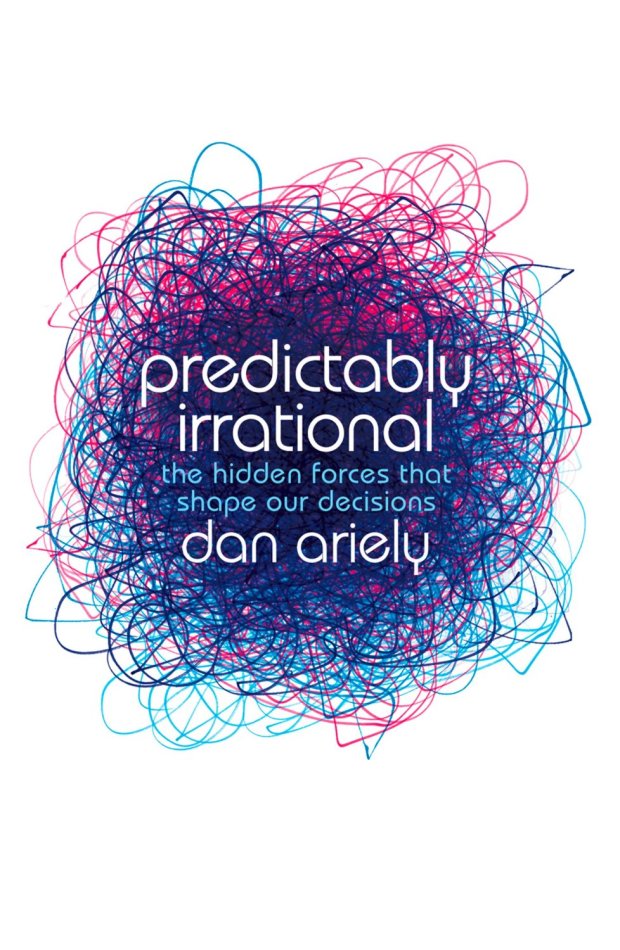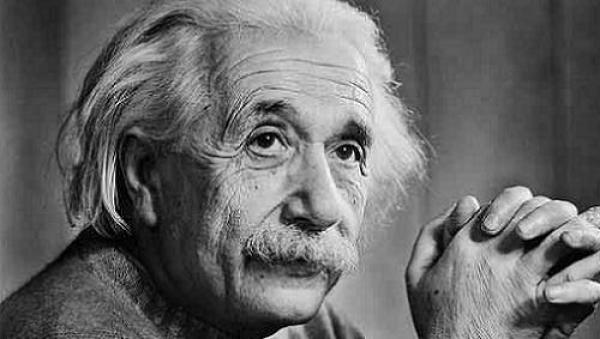I recently finished reading Predictably Irrational – The Hidden Forces That Shape Our Decisions – by Dan Ariely. As the author best states it, this book is about: ” My goal, by the end of this book, is to help you fundamentally rethink what makes you and the people around you tick. I hope to lead you there by presenting a wide range of scientific experiments, findings, and anecdotes that are in many cases quite amusing. Once you see how systematic certain mistakes are—how we repeat them again and again—I think you will begin to learn how to avoid some of them.” He further expands: “My further observation is that we are not only irrational, but predictably irrational—that our irrationality happens the same way, again and again. Whether we are acting as consumers, businesspeople, or policy makers, understanding how we are predictably irrational provides a starting point for improving our decision-making and changing the way we live for the better.”
Below are key excerpts from this book that I found particularly insightful:
Relativity is (relatively) easy to understand. But there’s one aspect of relativity that consistently trips us up. It’s this: we not only tend to compare things with one another but also tend to focus on comparing things that are easily comparable—and avoid comparing things that cannot be compared easily.
When we keep social and market norms on their separate paths, life hums along pretty well…When social and market norms collide, trouble sets in.
The answer, I believe, is not to re-create society as Burning Man, but to remember that social norms can play a far greater role in society than we have been giving them credit for. If we contemplate how market norms have gradually taken over our lives in the past few decades—with their emphasis on higher salaries, more income, and more spending— we may recognize that a return to some of the old social norms might not be so bad after all. In fact, it might bring quite a bit of the old civility back to our lives.
We have problems with self-control. related to immediate and delayed gratification—^no doubt there. But each of the problems we face has potential self-control mechanisms, as well. If we can’t save from our paycheck, we can take advantage of our employer’s automatic deduction option; if we don’t have the will to exercise regularly alone, we can make an appointment to exercise in the company of our friends. These are the tools that we can commit to in advance, and they may help us be the kind of people we want to be.
Our propensity to overvalue what we own is a basic human bias, and it reflects a more general tendency to fall in love with, and be overly optimistic about, anything that has to do with ourselves…I don’t think we can become more accurate and objective in the way we think about our children and houses, but maybe we can realize that we have such biases and listen more carefully to the advice and feedback we get from others.
As it turns out, positive expectations allow us to enjoy things more and improve our perception of the world around us. The danger of expecting nothing is that, in the end, it night be all we’ll get.
This is my take. We care about honesty and we want to be honest. The problem is that our internal honesty monitor is active only when we contemplate big transgressions, like grabbing an entire box of pens from the conference hall. For the little transgressions, like taking a single pen or two pens, we don’t even consider how these actions would reflect on our honesty and so our superego stays asleep. Without the superego’s help, monitoring, and managing of our honesty, the only defense we have against this kind of transgression is a rational cost-benefit analysis. But who is going to consciously weigh the benefits of taking a towel from a hotel room versus the cost of being caught? Who is going to consider the costs and benefits of adding a few receipts to a tax statement? As we saw in the experiment at Harvard, the cost-benefit analysis, and the probability of getting caught in particular, does not seem to have much influence on dishonesty.
In many ways, the standard economic and Shakespearean views are more optimistic about human nature, since they assume that our capacity for reasoning is limitless. By the same token the behavioral economics view, which acknowledges human deficiencies, is more depressing, because it demonstrates the many ways in which we fall short of our ideals. Indeed, it can be rather depressing to realize that we all continually make irrational decisions in our personal, professional, and social lives. But there is a silver lining: the fact that we make mistakes also means that there are ways to improve our decisions—and therefore that there are opportunities for “free lunches.”
In closing:
Visual illusions are also illustrative here. Just as we can’t help being fooled by visual illusions, we fall for the “decision illusions” our minds show us. The point is that our visual and decision environments are filtered to us courtesy of our eyes. our ears, our senses of smell and touch, and the master of it all, our brain. By the time we comprehend and digest information, it is not necessarily a true reflection of reality. Instead, it is our representation of reality, and this is the input we base our decisions on. In essence we are limited to the tools nature has given us, and the natural way in which we make decisions is limited by the quality and accuracy of these tools. A second main lesson is that although irrationality is commonplace, it does not necessarily mean that we are helpless. Once we understand when and where we may make erroneous decisions, we can try to be more vigilant, force ourselves to think differently about these decisions, or use technology to overcome our inherent shortcomings. This is also where businesses and policy makers could revise their thinking and consider how to design their policies and products so as to provide free lunches.
A must read in the area of decision making.









